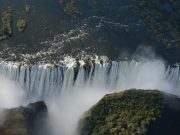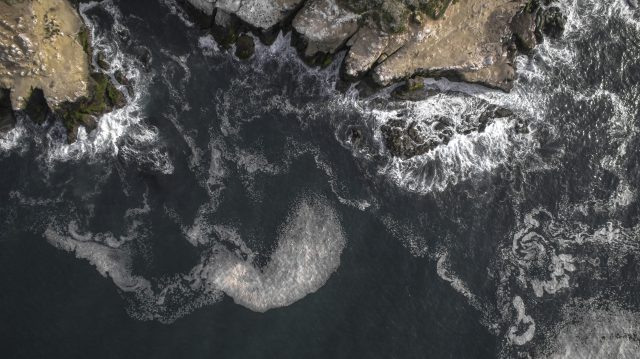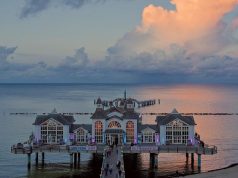In the gentle embrace of ocean waves and the whispering dance of coastal breezes, beaches have long served as sanctuaries for both the soul and the senses. These pristine stretches of sand offer an unparalleled escape from the hustle of daily life, inviting visitors to bask in their natural beauty. Yet, as the allure of seaside getaways continues to captivate travelers worldwide, a pressing question emerges from the depths of these serene shores: Is the relentless pursuit of paradise, manifested in the burgeoning development of coastal resorts, compromising the very essence of these cherished landscapes? This article delves into the complex tapestry of economic interests, environmental stewardship, and the delicate balance that must be struck to preserve the beaches we so dearly treasure. Join us as we explore the impact of overdevelopment on our beloved coastal retreats and consider the future of these iconic havens.
Impact of Coastal Resorts on Beach Ecosystems
The allure of coastal resorts, with their promise of sun-soaked relaxation and breathtaking ocean views, often comes at a hidden cost to the delicate balance of beach ecosystems. As developers carve out paradises, the impact on local environments can be profound. Coastal construction can lead to erosion, altering natural sand movement and affecting the habitats of species that depend on the shoreline. Vegetation loss is another significant issue; removing native plants for resort construction destabilizes dunes, leading to increased vulnerability to storms and rising sea levels.
- Water pollution: Increased runoff from resorts introduces pollutants and nutrients that can lead to algal blooms, which disrupt marine life.
- Wildlife disturbance: The influx of tourists can disturb nesting grounds for turtles and birds, while noise pollution affects marine mammals.
- Resource depletion: High demand for freshwater and energy strains local resources, impacting both ecosystems and local communities.
In addressing these challenges, it is crucial to balance development with sustainable practices. By adopting eco-friendly construction techniques and enforcing strict environmental regulations, the tourism industry can help preserve the natural beauty and ecological function of our beloved beaches for generations to come.
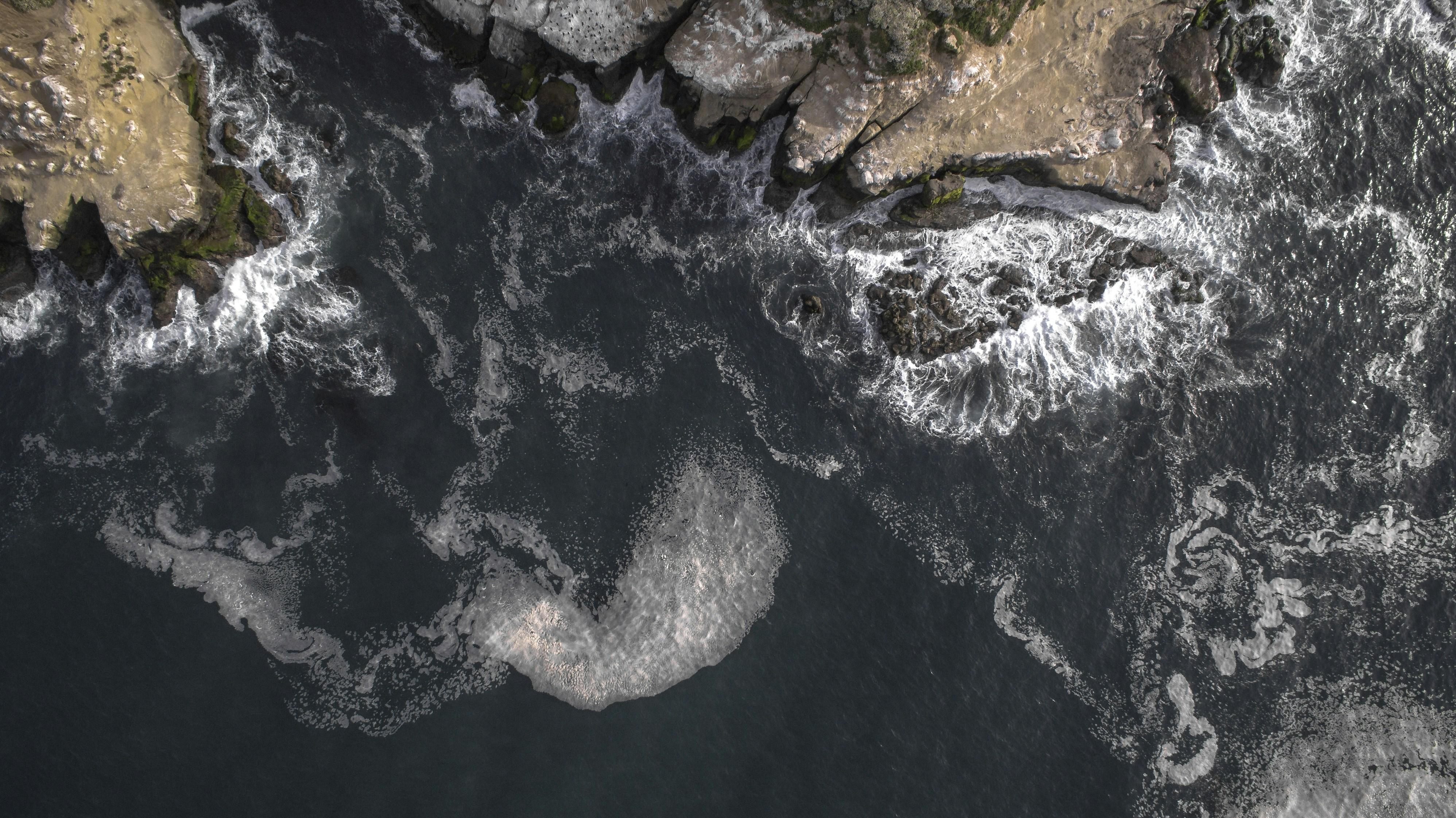
Balancing Tourism and Environmental Preservation
In recent years, the rapid expansion of coastal resorts has sparked a debate about the delicate equilibrium between tourism and the environment. On one hand, the development of resorts brings economic benefits and infrastructure improvements to local communities. On the other hand, unchecked growth can lead to significant ecological damage, threatening the very landscapes that draw tourists in the first place. The consequences of overdevelopment include:
- Loss of Biodiversity: Natural habitats are often destroyed to make way for new constructions, leading to a decline in local flora and fauna.
- Beach Erosion: The removal of natural barriers and vegetation can accelerate erosion, reducing the width and quality of beaches.
- Pollution: Increased human activity contributes to water and soil contamination, affecting marine life and beach aesthetics.
- Resource Depletion: The demand for water and energy resources can strain local supplies, impacting both the environment and residents.
To address these issues, stakeholders are exploring sustainable tourism models that prioritize long-term ecological health over short-term gains. By incorporating green building practices, promoting eco-friendly activities, and enforcing strict environmental regulations, coastal resorts can offer a more balanced approach. The goal is to create a harmonious relationship where tourism thrives without compromising the natural beauty that makes these destinations so appealing.
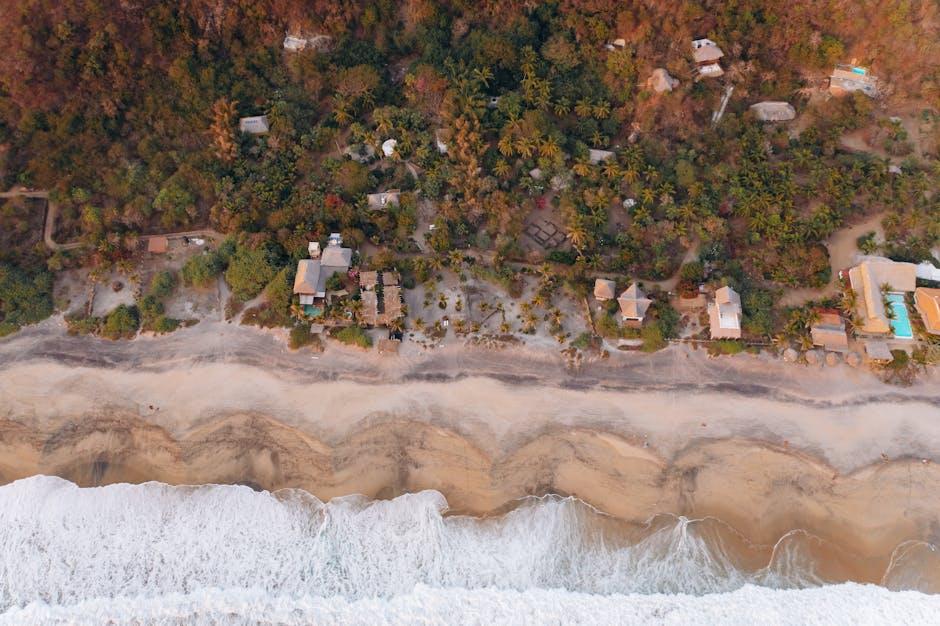
Strategies for Sustainable Coastal Development
In addressing the delicate balance between tourism and environmental preservation, several strategies can be employed to foster sustainable growth along coastlines. Eco-friendly infrastructure is paramount, with resorts integrating renewable energy sources such as solar and wind power, alongside water conservation systems like rainwater harvesting and greywater recycling. Incorporating local materials not only reduces the carbon footprint associated with transportation but also supports the regional economy and preserves the aesthetic harmony with the natural surroundings.
- Community Engagement: Involving local communities in decision-making processes ensures that development meets the needs of residents and respects cultural heritage.
- Habitat Protection: Establishing protected areas and marine reserves helps safeguard biodiversity, maintaining the ecological balance crucial for both wildlife and human activities.
- Responsible Tourism: Encouraging practices that minimize waste and educate visitors about the importance of conservation can significantly reduce the environmental impact.
By prioritizing these approaches, coastal developments can thrive without compromising the pristine beauty and ecological integrity of our beaches.
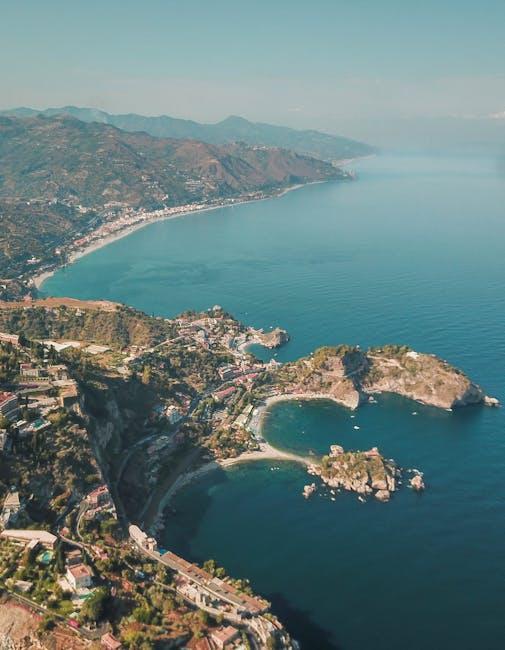
Reimagining the Future of Beachfront Tourism
As we gaze into the horizon of coastal tourism, the shimmering allure of beachfront resorts comes with a shadowy counterpart: overdevelopment. The once serene coastlines, dotted with vibrant ecosystems and quaint local communities, are now facing a complex transformation. The rapid proliferation of luxury hotels and sprawling resorts raises concerns over environmental sustainability and cultural preservation. Is the promise of economic prosperity worth the cost of ecological degradation? This pressing question invites us to reconsider our approach to coastal development.
- Environmental Impact: Overdevelopment often leads to the destruction of natural habitats, disrupting marine life and coastal ecosystems. This environmental strain not only affects wildlife but also diminishes the natural beauty that initially attracts tourists.
- Community Displacement: Local communities are frequently marginalized as large-scale developments prioritize profit over cultural heritage, eroding traditional ways of life.
- Resource Depletion: The increasing demand for water, energy, and food to sustain these resorts puts a significant strain on local resources, which can lead to shortages for residents.
By addressing these challenges with innovative solutions and sustainable practices, we can envision a future where tourism coexists harmoniously with nature and culture. Embracing responsible tourism, promoting eco-friendly accommodations, and supporting local businesses are steps toward preserving the essence of these idyllic destinations.
To Wrap It Up
As the sun sets on the horizon, casting a golden hue over the gentle waves, the question lingers like footprints in the sand: is the overdevelopment of coastal resorts spelling doom for our cherished beaches? While the debate is as vast and deep as the ocean itself, it is clear that balance is key. The delicate dance between progress and preservation calls for thoughtful choreography, where nature and human ambition can coexist without one overshadowing the other. As stewards of these coastal treasures, the responsibility rests on our collective shoulders to ensure that future generations inherit not just stories of pristine shores but the reality of them. The journey to find harmony may be challenging, but it is a voyage worth embarking upon—for the sake of our beaches and the timeless allure they hold.





